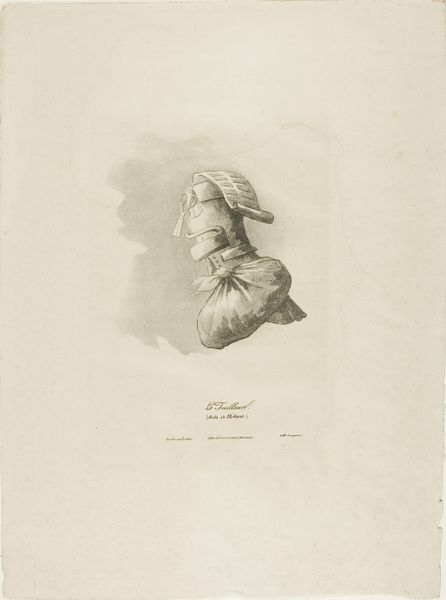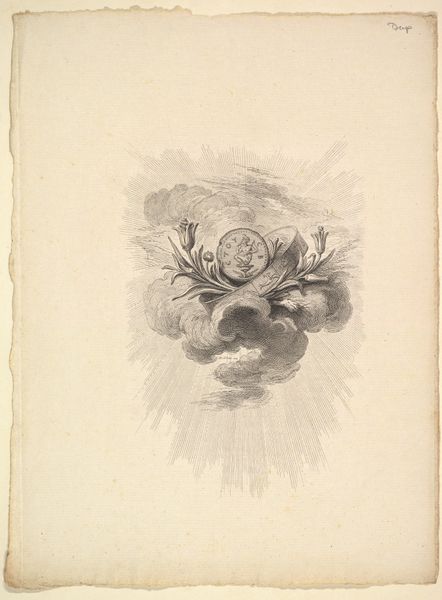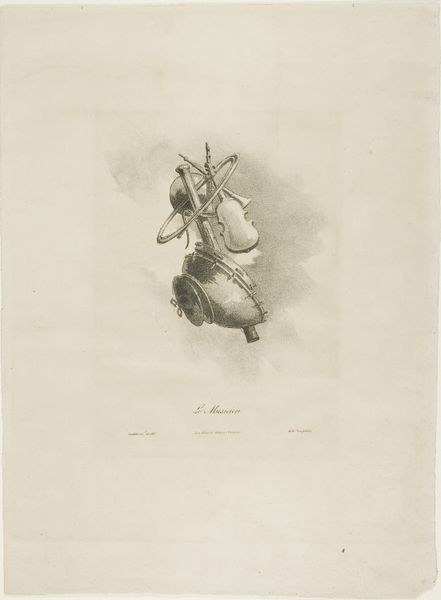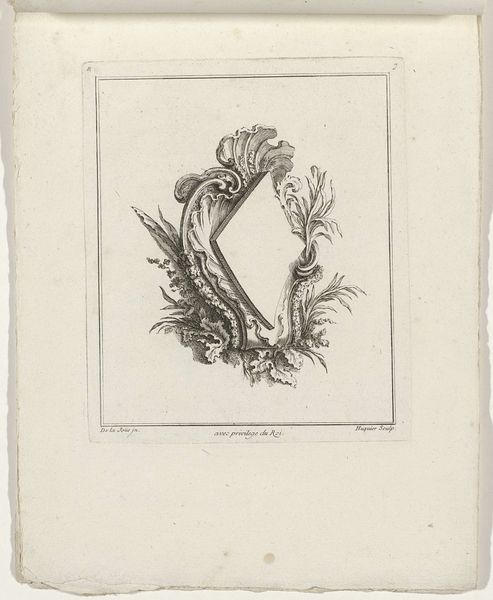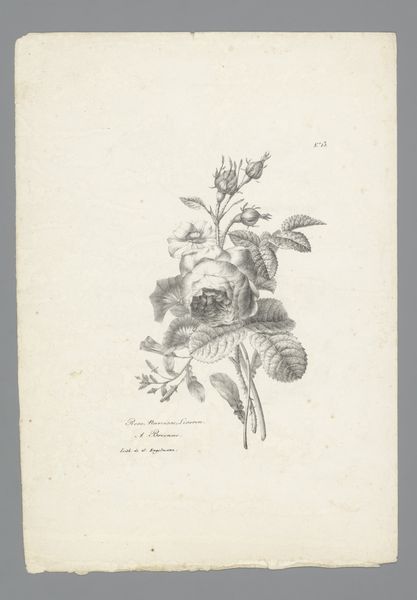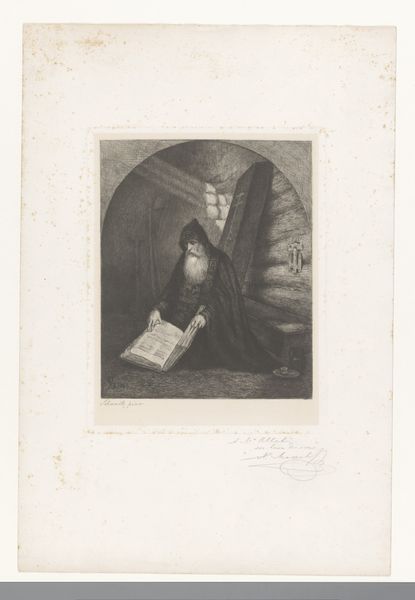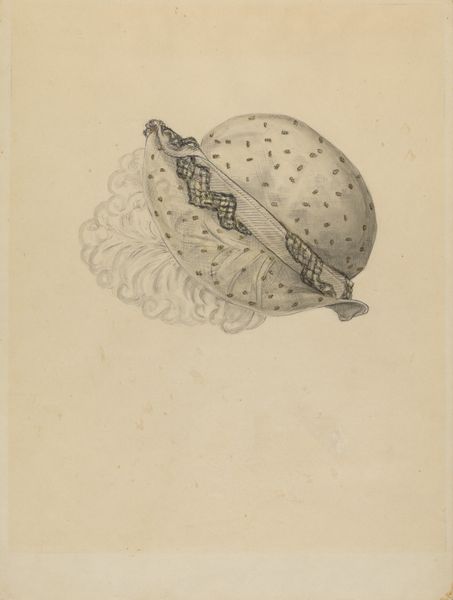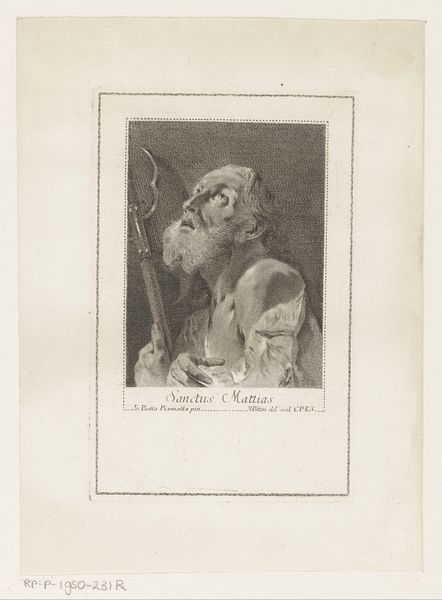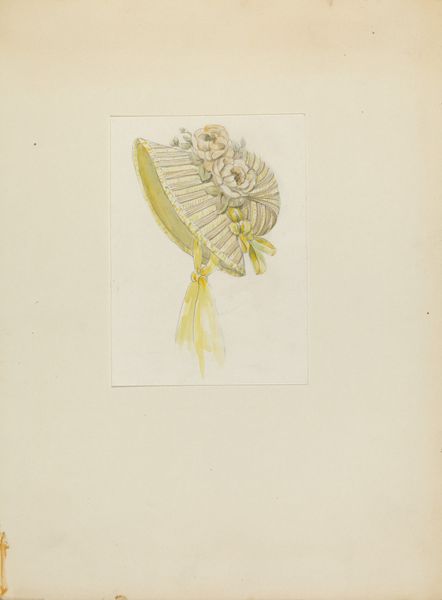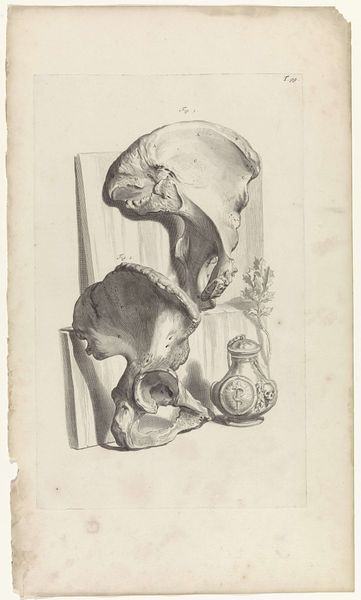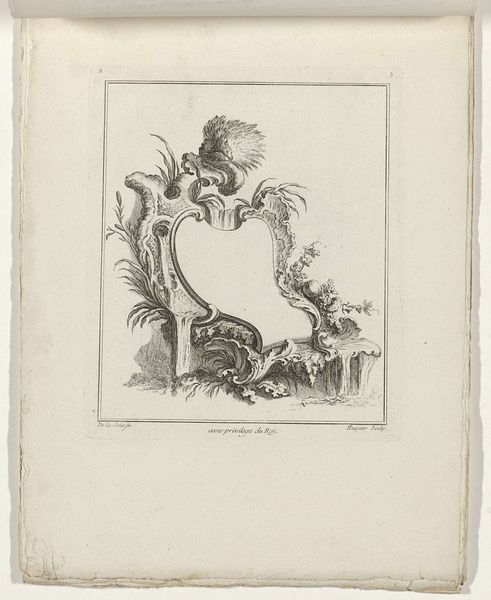
drawing, lithograph, print, paper
#
portrait
#
drawing
#
lithograph
# print
#
caricature
#
paper
#
romanticism
#
france
Dimensions: 127 × 90 mm (image); 257 × 274 mm (sheet)
Copyright: Public Domain
Curator: Well, this image certainly captures the imagination. We're looking at "The Café-Feeper, from Arts et Métiers," a lithograph created in 1838 by Bernard Gaillot, currently residing here at the Art Institute of Chicago. What are your first thoughts? Editor: Amusing, and meticulously rendered. The crisp lines defining the composite character draw the eye instantly. The balance between lightness and shadow enhances its playful character. What’s intriguing to you here? Curator: The overt symbolism, naturally. It's fascinating how professions and trades are encoded through objects—a language we’ve nearly forgotten, yet was so readily understood. He's made entirely out of objects of industry; it hints at the deeper societal structure and individual roles of 19th century France. Editor: I agree; the symbolic value is apparent, but I am intrigued with how well Gaillot unifies these disparate objects into a coherent, almost believable figure. Observe how the handle of the coffee pot suggests a questioning gaze. It's through careful positioning that narrative arises, even caricature. Curator: Indeed. This amalgamation speaks volumes about labor identity and the pressures and perceived 'character' associated with them. You see that burdened posture, the hint of melancholy in the eyes cobbled together? It’s more than just craft; it embodies commentary on social life at the time. Editor: The texture achieved in lithography—the fineness of the lines rendering the clothing, versus the sleek surfaces of the metal implements. These deliberate juxtapositions elevate the piece beyond mere social commentary. There’s formal depth and texture here. Curator: You are absolutely right! Romanticism wasn’t just about emotional highs, it delved into every aspect of life. To Gaillot, this Feeper is not merely an individual; but represents an archetype, an emotional vessel containing all of the societal pressures of labor during the industrial era. Editor: Reflecting on it further, I appreciate the tightrope that Gaillot walks here between precision and caricature. Its precision underscores his clear formal ability to bring structure, rhythm, and tone into his composition. Curator: In sum, we see more than just a humorous drawing; we see a social and cultural study cleverly disguised, making it resonant still. Editor: Precisely! A work that remains captivating for both its artfulness and astute commentary.
Comments
No comments
Be the first to comment and join the conversation on the ultimate creative platform.
